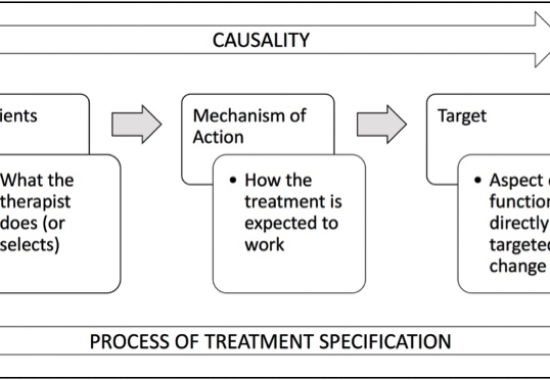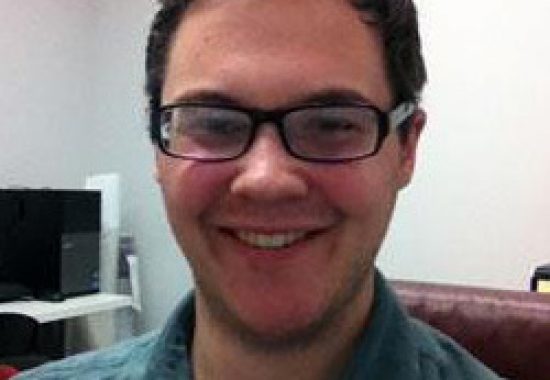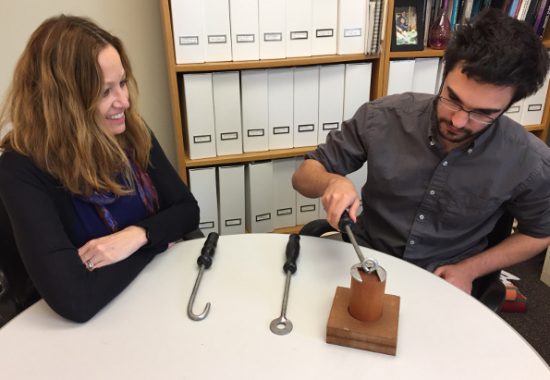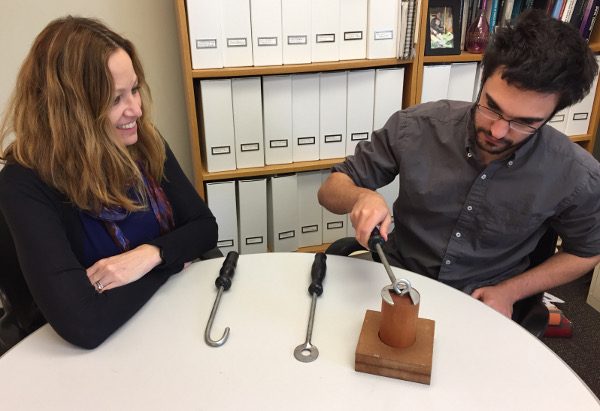Former fellows reflect on their experiences in the NIH-funded program
For the past five years Moss Rehabilitation Research Institute (MRRI) has been the lead site in a postdoctoral research program funded by a National Institutes of Health (NIH) training grant in translational neurorehabilitation research. Students who qualify for the unique fellowships made possible by this grant are given opportunities to gain exceptional in-depth mentorship and training critical for careers in translational neurorehabilitation research. The training opportunity is offered in collaboration with the University of Pennsylvania’s Department of Neurology and Center for Functional Neuroimaging (Penn).
“The three-year fellowship is an apprenticeship model of training designed to offer mentored experience in meeting the challenges of the translational process,” says John Whyte, MD, PhD, principal investigator and director of the post-doctoral research training program, and founding director of MRRI. “Fellows spend most of their time conducting research in the lab of a primary mentor, but typically also select a secondary mentor. In keeping with our goal of promoting translational research, if a fellow’s primary mentor is largely engaged in basic science, we will encourage that person to have a secondary mentor whose work has more of a clinical focus, and vice versa.” Continue Reading




